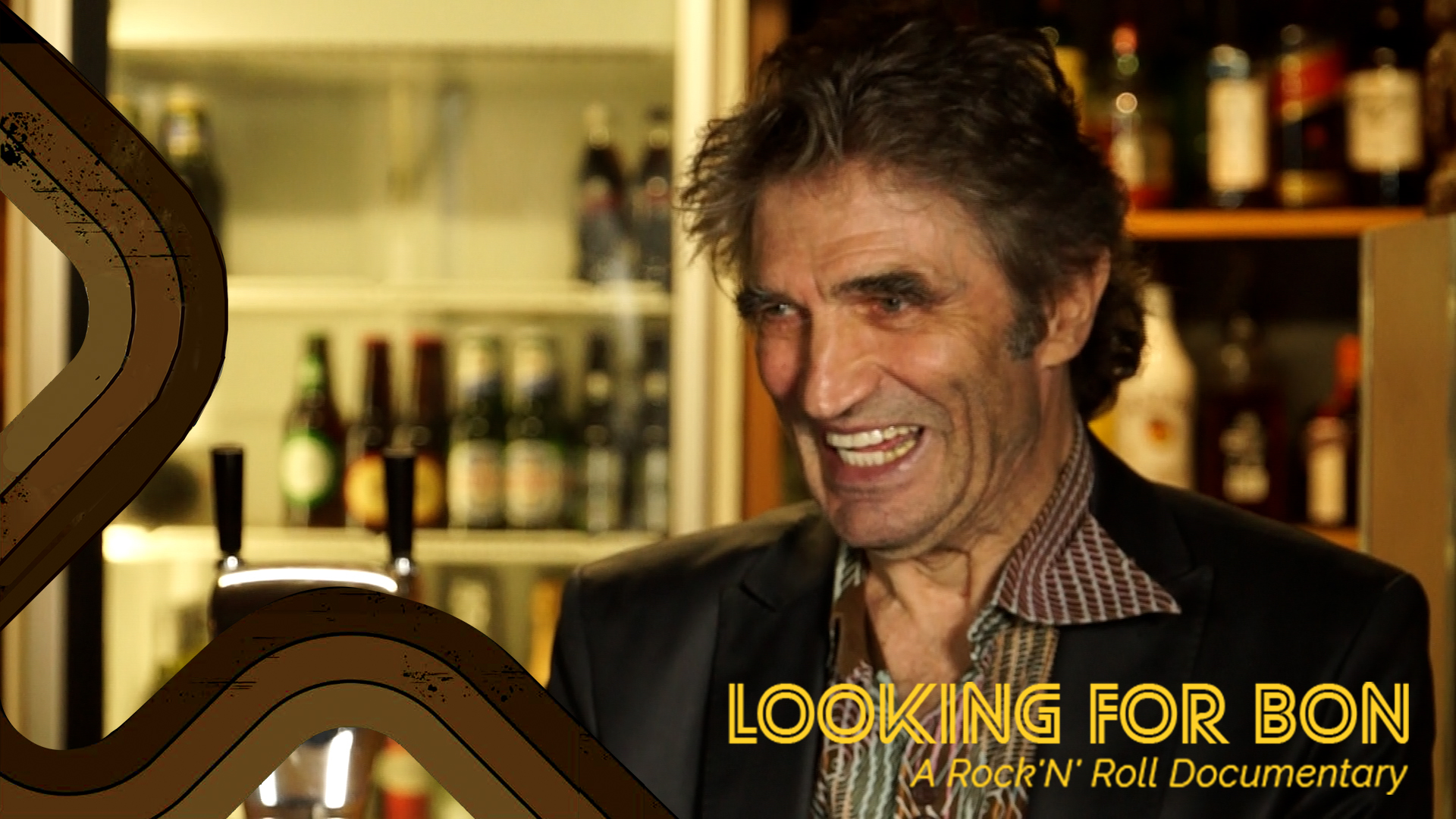Peter Head – Bio

Peter Head got an early start in the music industry. A pro at tickling the ivories since he was 13, a member of Adelaide’s first rock band known as Johnny Mac & the Macmen, and the musical accompaniment to the sexy showgirl performance at La Belle, Peter Head is no stranger to musical adventures. As a mere high school student, he would play in the same shows as the likes of Doug Ashdown, the Bee Gees and John Farnham, across all media: whether it be over the radio, on your TV, or live! With this level of experience and expertise, it only stands to reason that he’d be confident co-founding his own band as frontman – “Headband” would serve as the punny name for his new band, and would kick off his biggest journey yet.
Headband became one of Australia’s most popular progressive blues rock bands that formed in early 1971. It featured bass guitarist Chris Bailey, drummer Joff Bateman, singer-songwriter and keyboardist Peter Beagley (later known as Peter Head), and singer-songwriter and guitarist Mauri Berg. Headband played progressive blues rock with symphonic, country and pop influences. They had a strong work ethic, rehearsing and performing constantly, including three shows a week in high schools across Adelaide.
“We did modern jazz at nightclubs, rock’n’roll for discos, J.S. Bach for pleasure, barbershop quartet stuff for laughs, electronic music at jam sessions, blues when feelin’ low, and country and folk for interest. A combination of these influences comes out in our original material,” explains Peter Head.
The band practised “group indoctrination” in all types of music, even attending chamber music concerts together. The four-piece group have supported musical legends such as Elton John in 1971 and The Rolling Stones in 1973. They also finished third in the 1972 Hoadley’s Battle of the Sounds – a national performance competition between the best groups representing each state. The band then went on to release their debut album, “A Song for Tooley”, in 1973, which featured album artwork by internationally renowned Adelaide artist Vytas Šerelis.
Headband disbanded a year later. After Headband had separated, Bailey joined the Australian rock group “The Angels” in January 1977, he was later a founding member of GANGgajang. Berg joined a new line-up of Fraternity in late 1974, it included John Swan on drums and vocals, and his brother Jimmy Barnes (Cold Chisel) on vocals. Head formed a loose musical collective, The Mount Lofty Rangers, in 1974, which began with various musicians from Fraternity and Headband. It included Bon Scott, who left to join AC/DC before year’s end. The Mount Lofty Rangers spawned the musical “Lofty” produced by The Circle Theatre Company. By the early 1990s, the original vinyl pressing of “A Song for Tooley” became a collector’s item for psychedelic and progressive rock fans.
Peter Head has had many more adventures aside from these, including rereleasing Round And Round And Round in 1986, showing the world a hitherto unseen, much younger Bon Scott. To go in-depth on them all would cause this bio to triple in length: suffice it to say that the 2016 induction of Peter Head into the South Australian Music Hall Of Fame is well deserved. The legacy of Headband remains relevant today. His frank insight into the musical world of Bon Scott’s day is a valuable perspective, both for those who were there at the time, and new historians eager to understand the origins of their favourite rock star.





